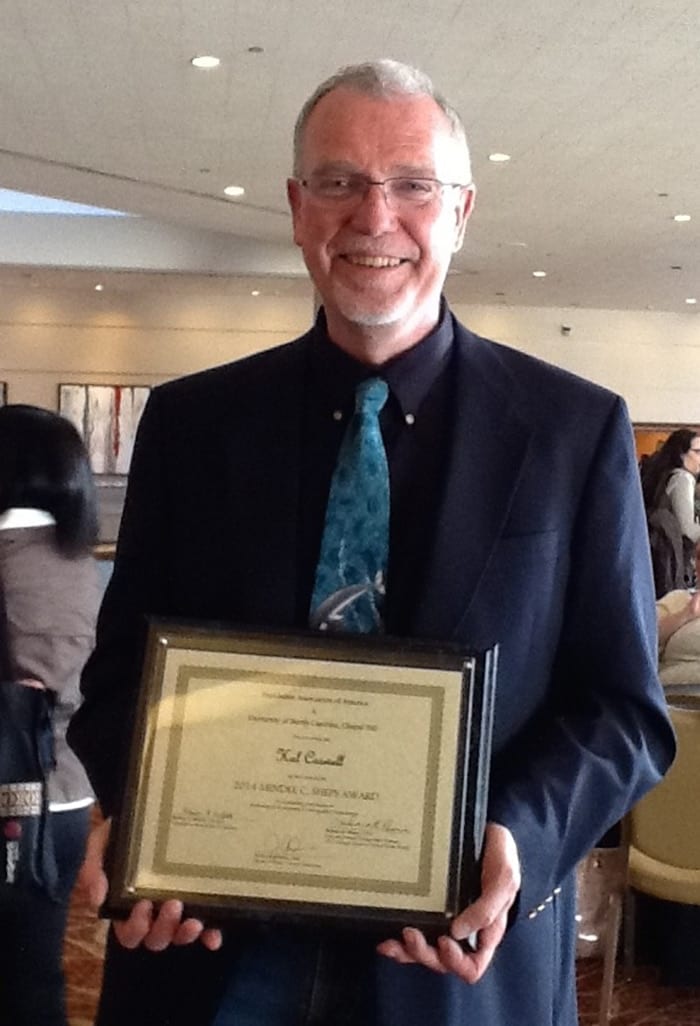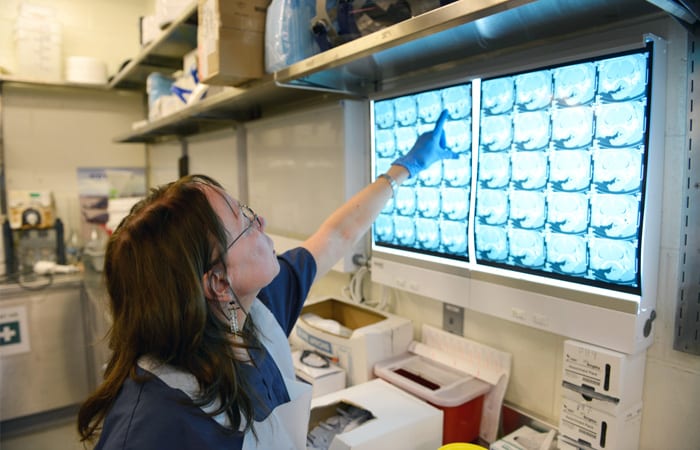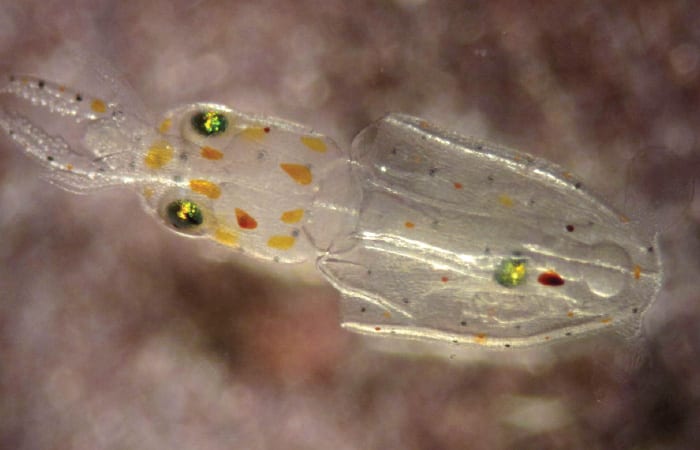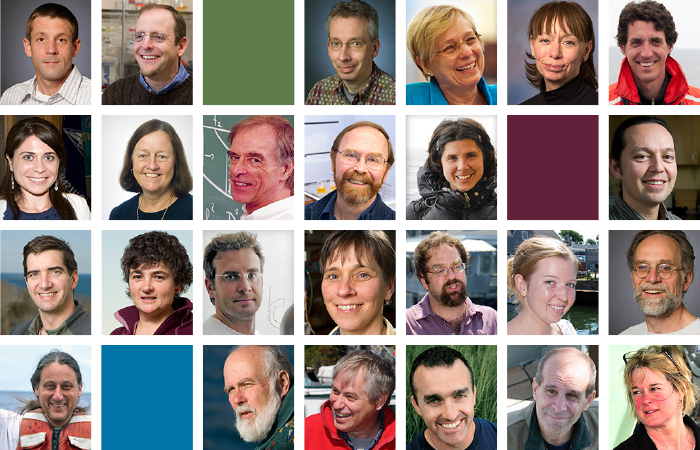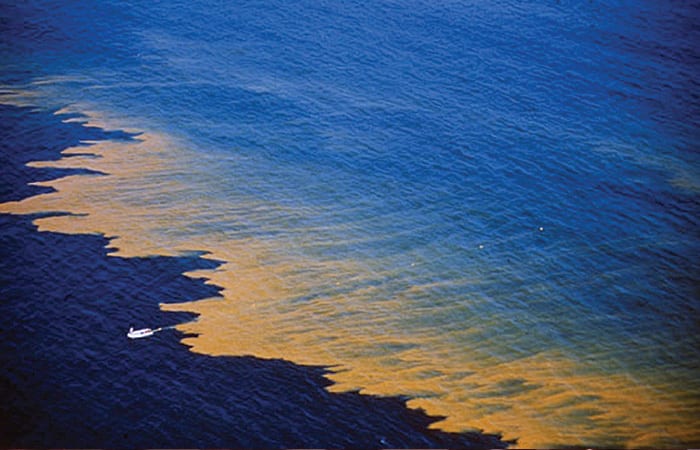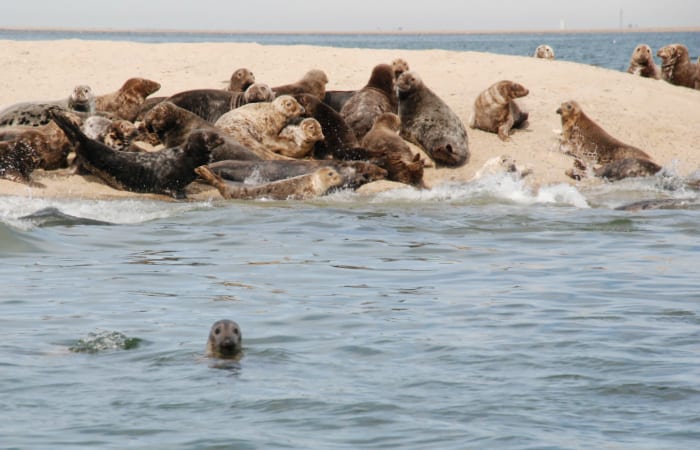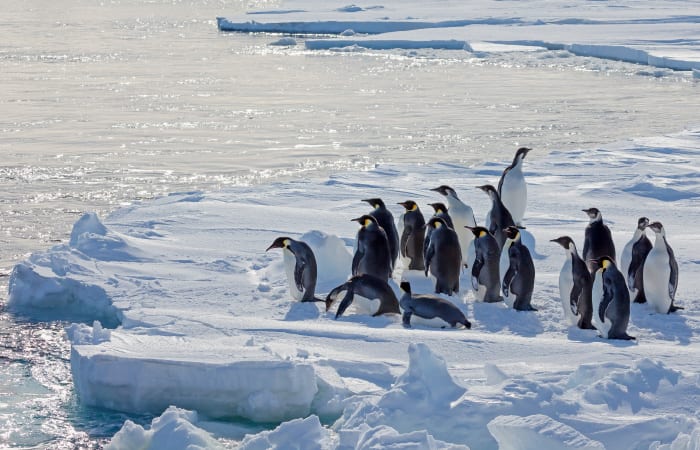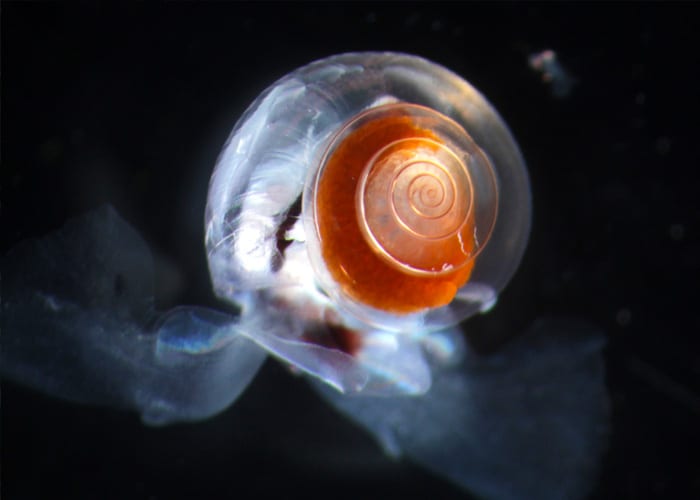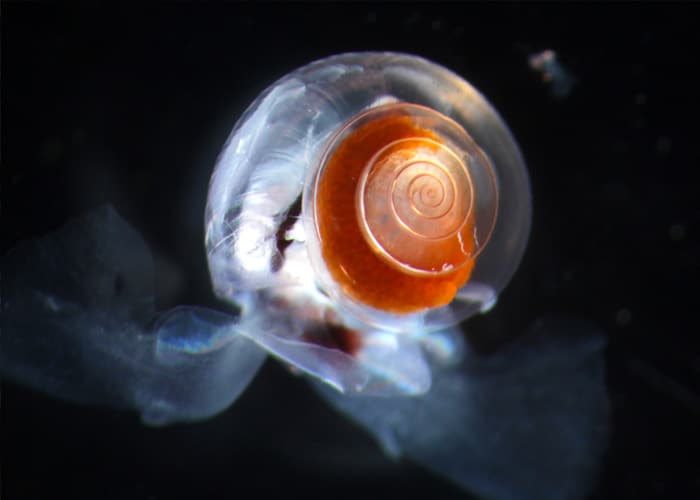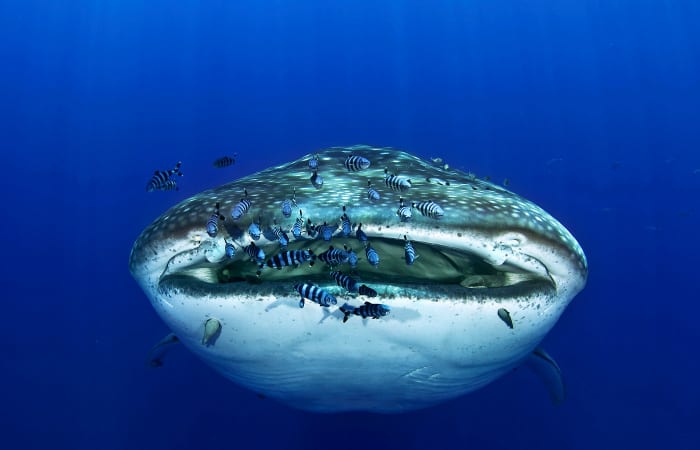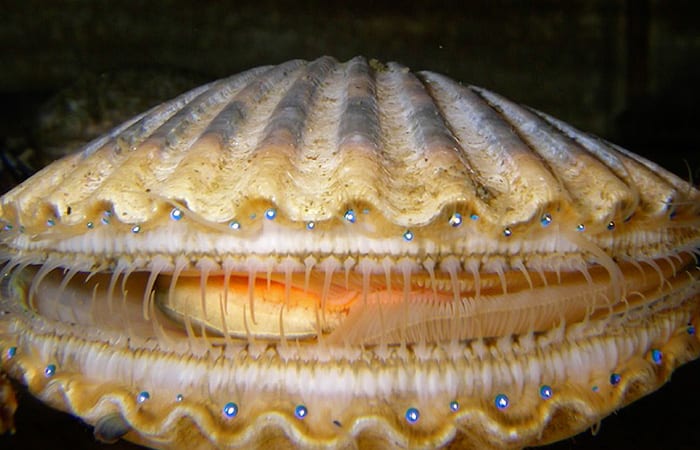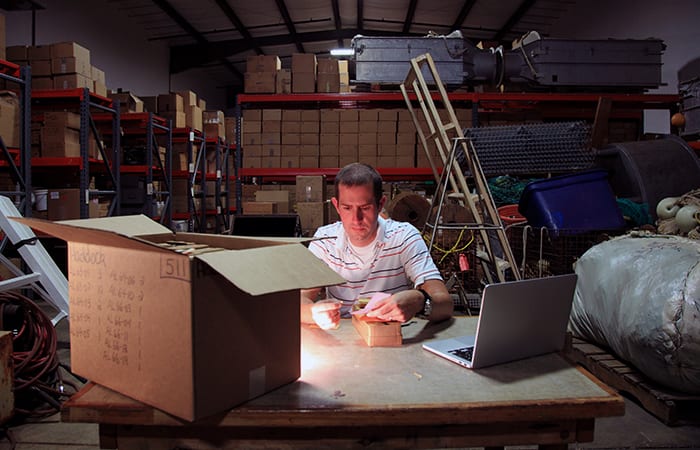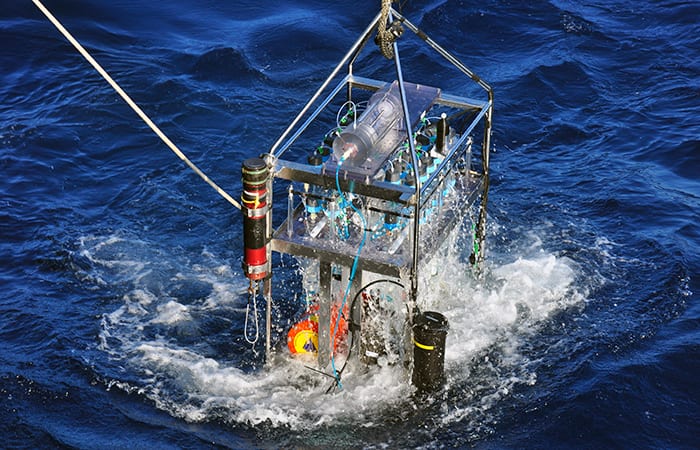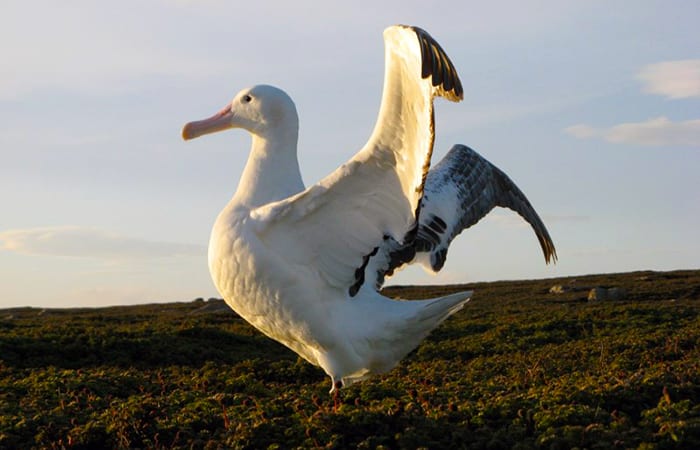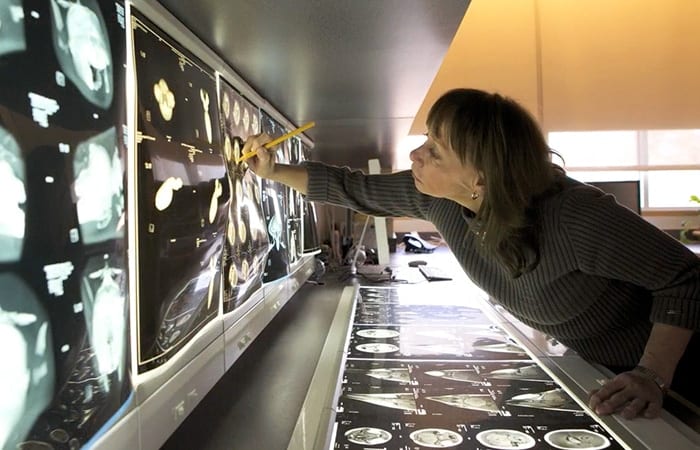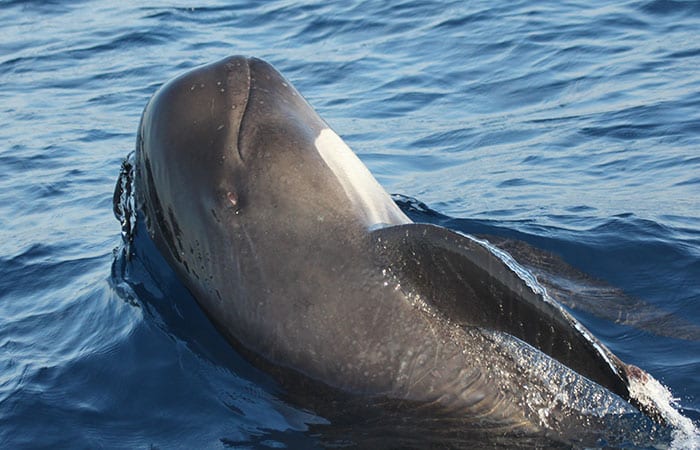Biology
Climate Change Winners and Losers
The Antarctic Peninsula, the northern most region of Antarctica, is experiencing some of the most dramatic changes due to climate warming, including population declines of some penguin species. This is…
Read MoreWHOI Scientist Collaborates with Falmouth High School Art Students
Woods Hole Oceanographic Institution (WHOI) biologist Dr. Rebecca Gast and Falmouth (Mass.) High School art teacher Jane Baker have teamed up to bring the excitement of polar research to Falmouth…
Read MoreCaswell Selected for Mindel C. Sheps Award
The Population Association of America (PAA) selected biologist Hal Caswell of the Woods Hole Oceanographic Institution (WHOI) to receive the 2014 Mindel C. Sheps Award for his contributions to mathematical demography. The PAA is the major professional society devoted to the study of human populations. The prestigious honor is awarded to one scientist biennially on the basis of important contributions to knowledge either in the form of a single piece of work or a continuing record of high achievement.
Read MoreScientists Test Hearing in Bristol Bay Beluga Whale Population
The ocean is an increasingly industrialized space. Shipping, fishing, and recreational vessels, oil and gas exploration and other human activities all increase noise levels in the ocean and make it…
Read MoreNew Sensor Array to Monitor Impacts of Changing Gulf of Maine Conditions on New England Red Tide
Scientists from the Woods Hole Oceanographic Institution (WHOI) are kicking off an innovative NOAA-funded pilot program using robotic instruments and computer modeling analysis to shed light on changing ocean conditions in the Gulf of Maine as they relate to the harmful algal bloom (HAB) phenomenon commonly known as the New England red tide.
Read MoreWHOI CSI Lab Investigates Rare Whales
Two seldomly seen deep-diving whales called True’s beaked whales were found dead on a beach on Long Island, N.Y. Why did the whales, an adult female and male juvenile,die?
Read MoreCan Squid Abide Ocean’s Lower pH?
To most people, squid are calamari: delicious when fried. But to WHOI researchers Max Kaplan and Aran Mooney, squid are another reason to be concerned about ocean acidification.
Read MoreNew Study Finds Extreme Longevity in White Sharks
Great white sharks—top predators throughout the world’s ocean—grow much slower and live significantly longer than previously thought, according to a new study led by the Woods Hole Oceanographic Institution (WHOI). In the first successful radiocarbon age validation study for adult white sharks, researchers analyzed vertebrae from four females and four males from the northwestern Atlantic Ocean. Age estimates were up to 73 years old for the largest male and 40 years old for the largest female.
Read MoreWHOI Scientists Garner Awards in 2013
As the year 2013 ends, we profile scientists who recently received awards and recognition for their work.
Read MoreDropping a Laboratory into the Sea
Scientists at WHOI deploy moored robotic laboratories in the Gulf of Maine for long-term monitoring of red tide algae
Read MoreThe Return of the Seals
WHOI biologist Rebecca Gast examines whether the recovered and thriving population of gray seals in Cape Cod waters has affected water quality off the beaches they frequent.
Read MoreThe Decline and Fall of the Emperor Penguin?
Climate change is shifting conditions on which Emperor penguins in Antarctica depend to sustain their populations.
Read MoreTiny. Ubiquitous. Vital. Delicate. Vulnerable.
Dolphins Assist Scientists Studying Effects of Data-logging Tags
For scientists studying marine mammals in the wild, data-logging tags are invaluable tools that allow them to observe animals’ movements and behaviors that are otherwise hidden beneath the waves much…
Read MoreTiny. Ubiquitous. Vital. Delicate. Vulnerable.
An Ocean That’s No Longer Wild
Like most fathers, Simon Thorrold plays tag with his young daughter. But Thorrold, a biologist at Woods Hole Oceanographic Institution, also plays tag with 30-foot-long whale sharks, like the one…
Read MoreSassy Scallops
MIT-WHOI Joint Program graduate student Meredith White examined how increasingly acidic ocean waters affect scallop shells in their critical early stages of development.
Read MoreEstablishing World-Class Coral Reef Ecosystem Monitoring in Okinawa
Enduring two typhoons over a three-week period in August, Woods Hole Oceanographic Institution (WHOI) researchers, working in partnership with the Okinawa Institute of Science and Technology Graduate University (OIST), have…
Read MoreWhy Haven’t the Cod Come Back?
A WHOI biologist is analyzing fish scales dating back to the 1930s to unravel changes in the ecosystem of Georges Bank, one the world’s most productive fisheries.
Read MoreAn Ocean Instrument Is Born
Every new ocean instrument goes through growing pains. But the Submersible Incubation Device, nicknamed SID, has been a particularly long time coming. It started more than 30 years ago as…
Read MoreSeabirds Face Risks from Climate Change
The research expedition ended in near-disaster. Stephanie Jenouvrier, aboard the ship Marion Dufresne II, was heading to the Southern Ocean to study seabirds. On Nov. 14, 2012, while making a…
Read MoreMarine Mammals Meet Modern Medicine
Whales do not make the easiest patients, but CT scans, MRIs, ultrasound, hyperbaric chambers, and other medical tools are making it easier to learn about them.
Read MoreCaller IDs for Whales
Imagine extraterrestrials come to Earth, seeking to understand human life. They dangle recording devices beneath the clouds or occasionally tag people with retrievable recorders. They collect thousands of bits of…
Read MoreAcidifying oceans could spell trouble for squid
Acidifying oceans could dramatically impact the world’s squid species, according to a new study led by Woods Hole Oceanographic Institution (WHOI) researchers and just published online in the journal PLOS…
Read More
